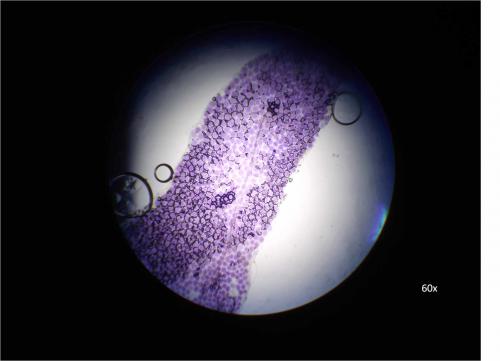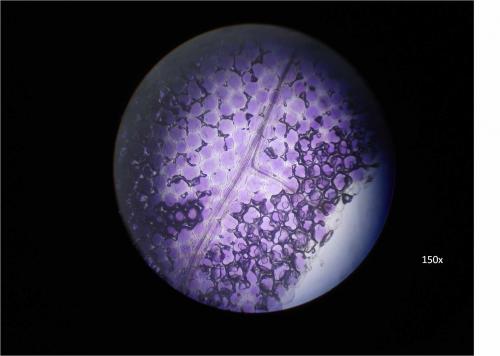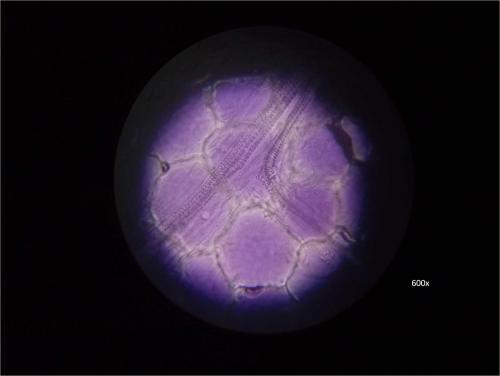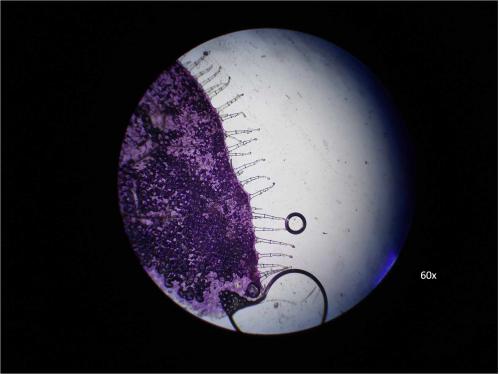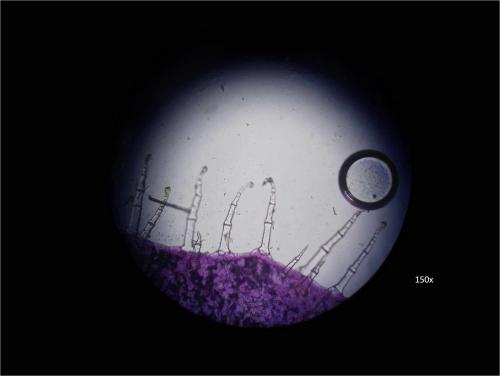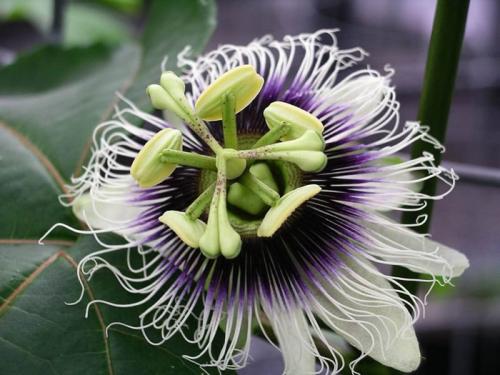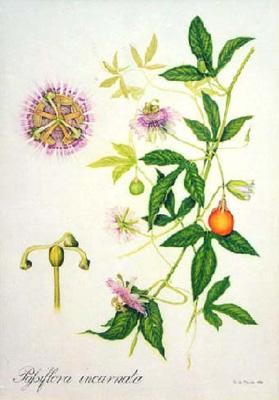

Gonçalo Ferreira
-
Posts
17 -
Joined
-
Last visited
Gonçalo Ferreira's Achievements

Quark (2/13)
1
Reputation
-
The paddlefish I have are supposed to be genetic dwarfs that occur naturally from time to time. I've had mine for almost two years and it is only 10" or so long. It's hatch mates are more than 24" long by now. They are called dinks or culls in the trade...
-
Hello. This is my most recent post: http://www.scienceforums.net/topic/61057-osmosis/page__p__635697__hl__osmosis__fromsearch__1#entry635697


